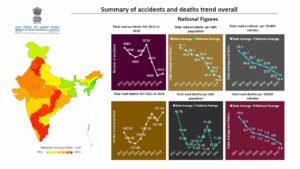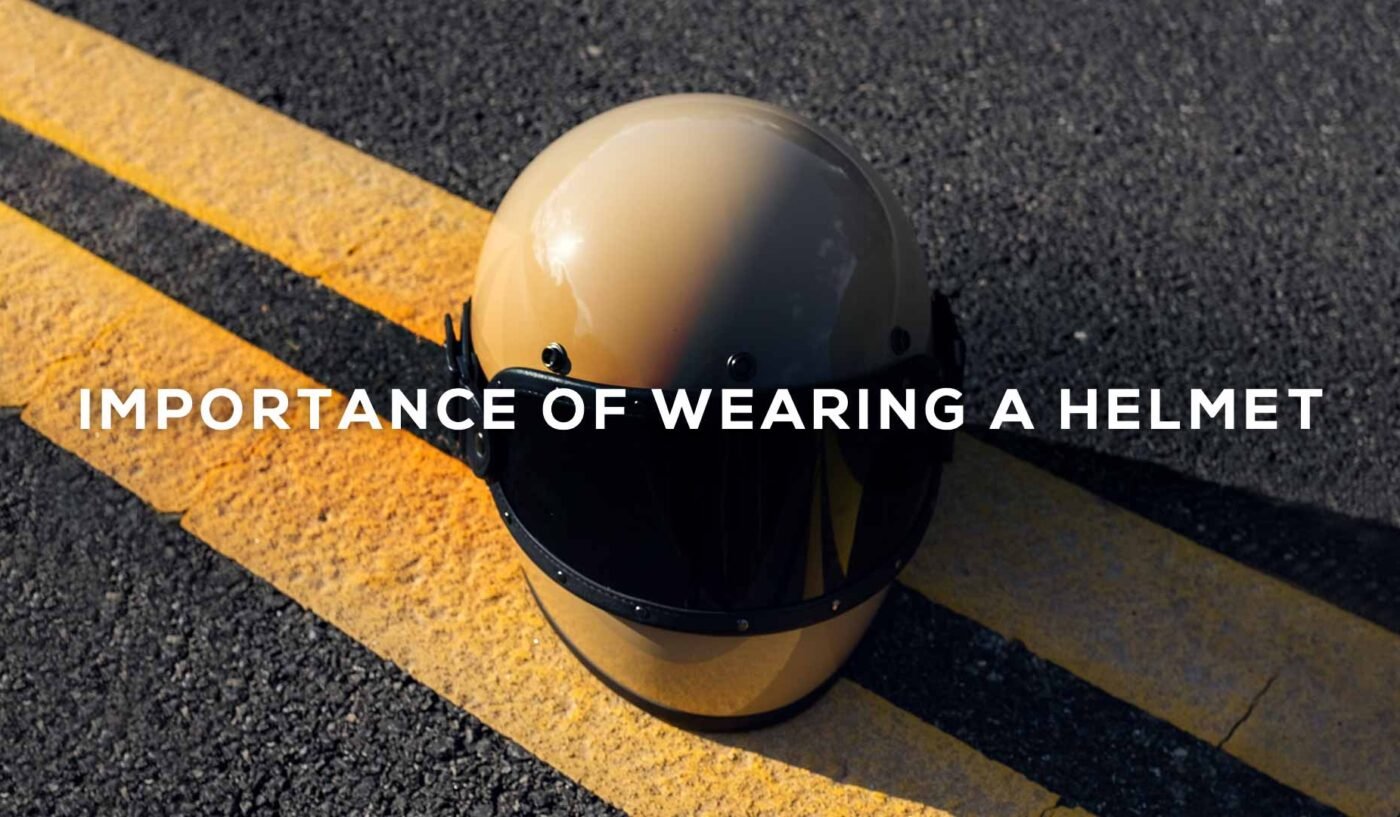Riding a motorcycle gives riders a sense of freedom and thrill on the open road.
However, there are serious dangers involved in riding without a helmet. A motorcycle does not provide the structural protection that a car does to keep drivers safe in the event of an accident. Motorcyclists need to take extra precautions to protect their body. The most important place to start is by protecting the head. The head and brain are most vulnerable to injury in a motorcycle accident. Drivers and passengers wearing helmets increase their chance of survival significantly over non-helmet wearers.

In 2016 alone, the Ministry of Road Transport and Highways estimated around 1,62,280 Total road accidents occurred majorly because individuals did not wear safety gear and helmets with a death toll of 44,366. From 2013 to 2018, there were around 8,90,000 motorcyclist fatalities in India, and 2,35,057 were killed in road accidents, and about (38%) of those who died were not wearing helmets.
It is important for motorcyclists to understand the risks of riding without a helmet.
Riders who do not wear helmets are at significantly increased risk of severe head trauma, coma, and death. Helmets protect riders from injuries including:
- Traumatic brain injury
- Concussion
- Facial fractures
- Shattered jaws
- Dental injuries and loss of teeth
- Ear damage
- Eye damage
- Facial disfigurement and scarring

Riders who do not wear helmets are at risk of suffering a traumatic brain injury if they are in an accident. Without protection, the head is vulnerable to a traumatic impact in an accident even when traveling at low speeds. Ministry of Road Transport and Highways studies of non-fatal motorcycle injuries reveal that riders who did not wear a helmet had higher health care costs, longer hospitalization, longer recovery periods, and an increased loss in quality of life.
Traumatic brain injuries that are non-fatal usually have serious and long-term results. Brain trauma often results in spinal cord injuries and disability that require extended care and physical therapy. In addition, the damaged brain may deteriorate after hospitalization and die days to weeks after the injury due to secondary injury.

Because the fatal risk of traumatic brain injury is so high, it is crucial for motorcyclists to take action to protect themselves while riding. Wearing a helmet that is approved by the Department of Transportation is one of many precautions a rider can take to increase safety on the open road.

Even when a rider takes all possible precautions, accidents resulting in injury still occur. When you or a loved one are involved in a motorcycle accident leading to serious injury or death, you will need a lawyer experienced in personal injury law to help you navigate the legal options available to you.


